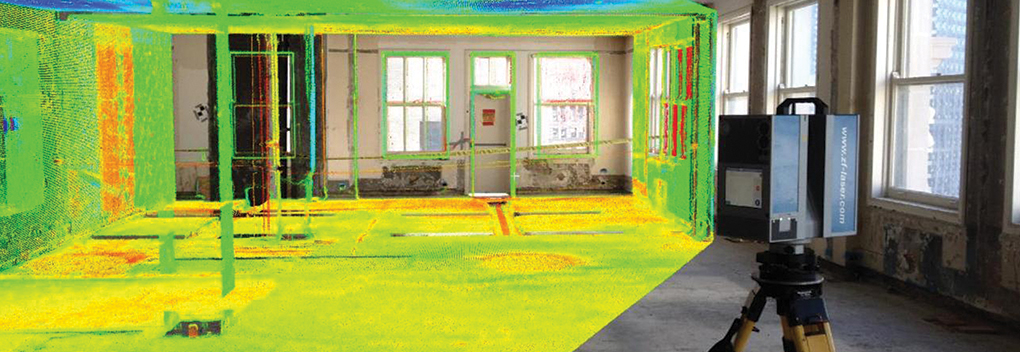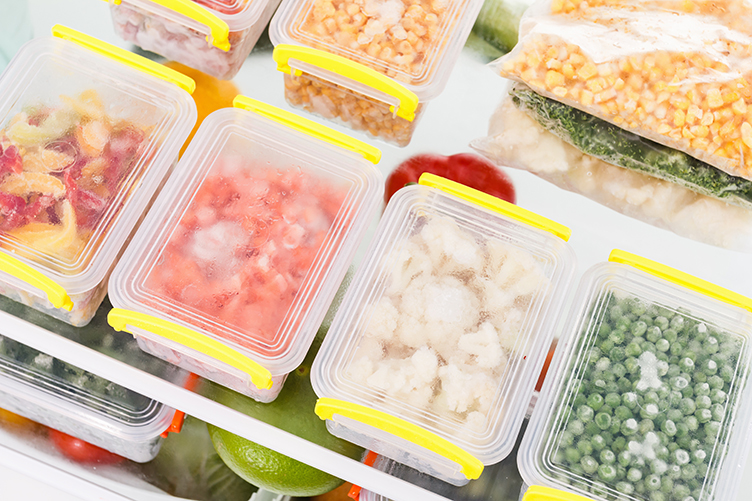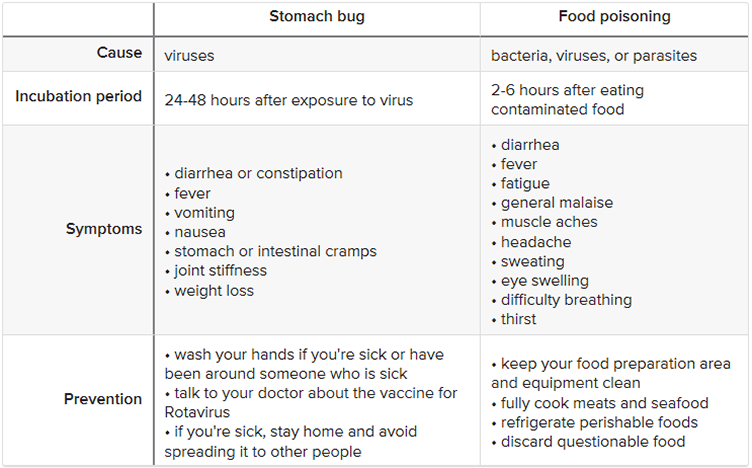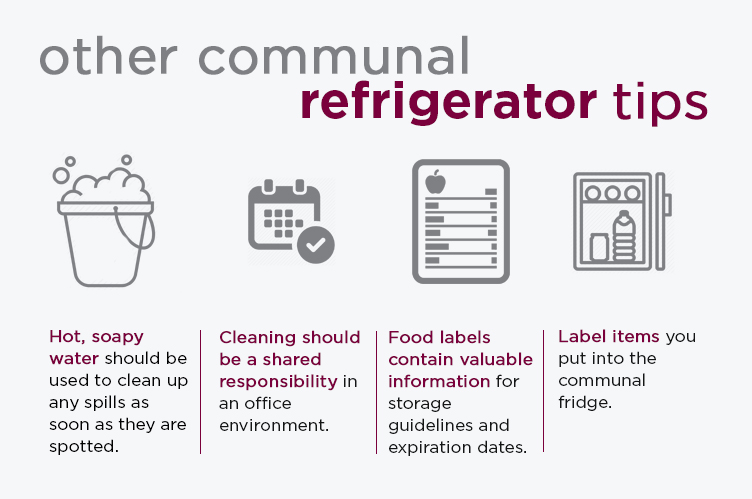What’s that smell?! If you share a refrigerator with co-workers, you may ask yourself this question multiple times a week. Expired yogurt, forgotten takeout, leaky containers… all these and more can contribute to a not so fresh aroma that can permeate the kitchen area and beyond.
The first thing to consider when utilizing a communal fridge setup is to assess the temperature of both the refrigerator and freezer. According to Foodsafety.gov, the ideal temperature for refrigerators is 40 degrees Fahrenheit or colder. For freezers, the Food and Drug Administration recommends 0 degrees Fahrenheit as an ideal target to preserve food as long as possible. It’s a good practice to double check temperatures with a thermometer—don’t trust the appliance’s internal readout. Temperatures between 40 degrees and 140 degrees are what’s known as the “danger zone” and should be avoided at all costs. Bacteria is the enemy and it thrives in this temperature range. It not only smells bad, but it can make you sick and even lead to death. According to Foodborneillness.com, there are 31 known foodborne pathogens. 90% of all illnesses due to these known pathogens are caused by seven of the most common:
- Salmonella
- Norovirus
- Campylobacter
- Toxoplasma
- E. coli O157:H7
- Listeria
- Clostridium perfringens
Bacteria can begin growing in just 20 minutes in food stored in the aforementioned “danger zone” temperature range. To be safe, throw out any perishable food items from the refrigerator that are over a week old, even if they’ve been stored at the proper temperature. If you notice mold or something smells funny, err on the side of caution and discard the item immediately. If power is lost and you cannot determine how long it’s been out, throw away perishable items—better safe than sorry. If you do happen to ingest something that makes you feel sick, determine if it’s food poisoning or just a run of the mill stomach bug. Healthline.com has some valuable information in determining which is which:
Food poisoning can be serious. Avoid solid foods until any nausea or vomiting has ceased. Avoid spicy/greasy/fried/sweet foods. Eat small amounts of bland foods like, bread, crackers, rice or bananas. Sip on clear fluids and gradually increase the amount to stay hydrated. Webmd.com suggests calling a doctor if symptoms last more than 3 days or you have:
- Fever
- Severe stomach pain
- Prolonged vomiting
- Signs of dehydration
Hot, soapy water should be used to clean up any spills as soon as they are spotted. Once a spill is left for too long, it can seep into cracks and crevices, harden and become more difficult to remove.
Cleaning should be a shared responsibility in an office environment. Make a rotating schedule for everyone who uses the refrigerator to clean it every week or two. If we all take pride in keeping the fridge clean, the risk for foodborne diseases will decrease and you will feel a sense of accomplishment for a job well done.
Food labels also contain valuable information for storage guidelines and expiration dates. Did you know there are a plethora of items that people commonly think need to be refrigerated but actually don’t? Keep these items out of the fridge to improve the taste as well as free up some valuable refrigerator real estate for your co-workers. (cnet.com)
Another good tip is to label items you put into the communal fridge. If Items belonging to you are labeled, they’re less likely to “disappear” and you won’t have to spend money eating out instead of enjoying those delicious leftovers you whipped up last night.


































































